Maybe you know, have seen, or heard about it. But do you really understand all about H beam steel?
Having said that… Bao Tin Steel also wants to share and would like to ask you guys to compare and confirm whether the information below is accurate. We hope to receive positive feedback from you.

Firstly, what Bao Tin Steel wants to share is:
How to read parameters of H-beam steel.
Ah, this sounds easy, but maybe many of you have just learned about the steel industry. Or structural engineers who have recently graduated probably don’t know yet.
Here’s an example!
Suppose the project requires H steel with parameters: H175x175x7.5×11.
According to Bao Tin Steel’s knowledge, the above parameters will have the following meaning:”
These changes are mostly stylistic and aim to improve the overall flow and readability of your text.
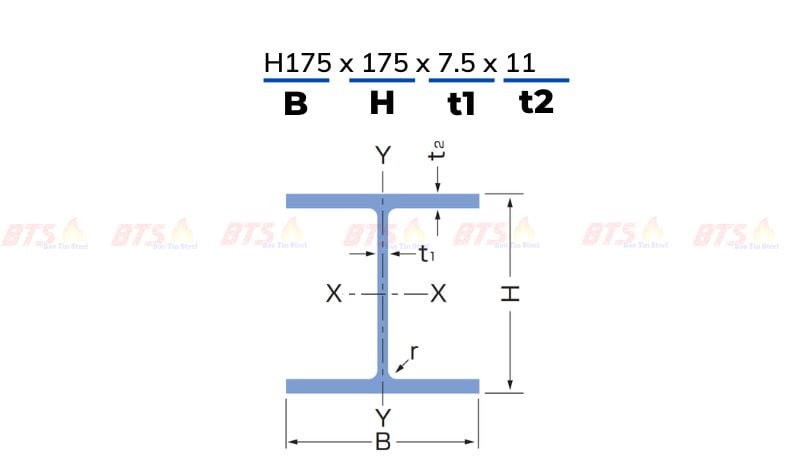
The second thing, Bao Tin Steel wants to share
H-beam steel specifications at Bao Tin Steel
This will help you easily visualize and grasp the idea. Bao Tin Steel has established a table of H steel specifications as follows. Let’s take a look!
| TÊN SẢN PHẨM | Quy cách hàng hóa ( mm ) | Chiều Dài Cây ( M/ Cây ) | Trọng Lượng ( KG/ M ) | ||
|---|---|---|---|---|---|
| Kích thước cạnh ( XxYmm ) | Độ dày bụng T1 | Độ dày cánh T2 | |||
| THÉP HÌNH H | |||||
| Thép hình H 100 | H100x100 | 6 | 8 | 6m | 17.2 |
| Thép hình H 125 | H125x125 | 6.5 | 9 | 6m - 12m | 23.6 |
| Thép hình H148 | H148x100 | 6 | 6m - 12m | 20.7 | |
| Thép hình H 150 | H150x150 | 7 | 10 | 6m - 12m | 31.5 |
| Thép hình H 175 | H175x175 | 7.5 | 11 | 6m - 12m | 40.4 |
| Thép hình H194 | H194x130 | 6 | 9 | 6m - 12m | 30.6 |
| Thép hình H 200 | H200x200 | 8 | 12 | 6m - 12m | 49.9 |
| Thép hình H 250 | H250x250 | 9 | 14 | 6m - 12m | 72.4 |
| Thép hình H294 | H294x200 | 8 | 12 | 6m - 12m | 56.8 |
| Thép hình H 300 | H300x300 | 10 | 15 | 6m - 12m | 94 |
| Thép hình H 350 | H350x350 | 12 | 19 | 6m - 12m | 137 |
| Thép hình H 400 | H400x400 | 12 | 19 | 6m - 12m | 172 |
There is one thing that surely many people are confused about. The same goes for Bao Tin Steel. I’m very confused about this issue.
That is, how to distinguish between H and I steel. Or how are H steel and I steel different?
How are H steel and I steel different?
Rub…! This problem is difficult.
It’s very challenging for non-experts to recognize it because the two types are so similar.
Initially, Bao Tin Steel also struggled with this part.
Maybe when you read information online, you will come across statements like:
- H-beam steel has an H-beamcross-section, I-beam steel has an I-shaped cross-section. This is not certain, and if you are not in the industry, how can you know its cross-section?
- H-beam steel has wide wings, while I-beam steel has smaller wings. This view is partly correct, partly wrong. You will understand in a little while.
- Many sites also mention that H-beam steel is more resistant than I-beam steel. However, no website explains the reason.
Bao Tin Steel will state its opinions and comments sequentially according to each product so that you guys can understand clearly.
Characteristics considered for comparison will include:
- Shape
- Manufacturing method
- Weight/meter
- Flange shape (wing)
- Force resistance
- Working altitude
- Ability to withstand torsional loads
- Identifying characteristics of H-beam steel”
Identifying characteristics of H-beam steel
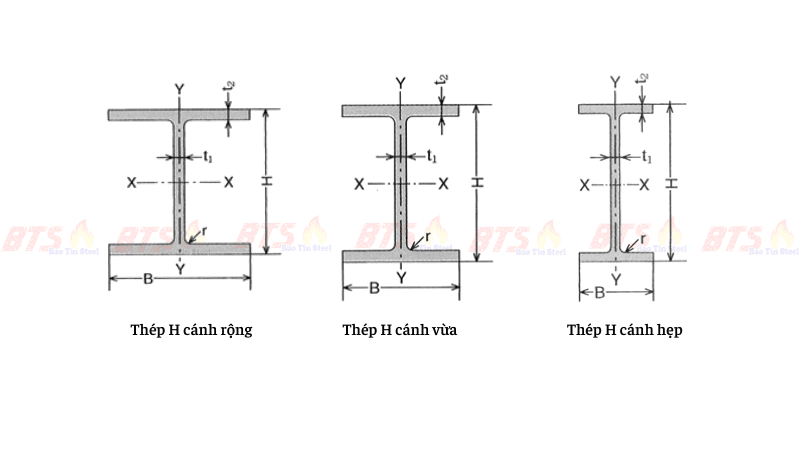
See? As soon as I looked at the picture, I realized that point number 2 above is somewhat inaccurate.
- H-beams are steel beams made of rolled steel shaped like the letter “H.” H-shaped steel is produced as combined parts. This means that the flanges are welded to the “web” part to form an H-section. Therefore, the H-beam is also called a wide-flange beam.
- Compared with I-beam steel, the flange thickness of H-beam is larger. Due to this added thickness, the H-beam has a greater load-bearing capacity.
- The flanges of the H-beam have equal thickness and are parallel to each other. They are longer, wider, and heavier than I-beams.
- The cross-section of the H-beam is more optimized than that of the I-beam, making it have a reasonable load-bearing capacity-to-weight ratio. That means the intensity per unit area is higher. They have a larger cross-sectional surface area and are therefore more durable.
- Wider flanges enable H-beams to achieve greater moment of inertia and greater durability. Therefore, they have better bending capacity than I-beams.
- H-beams are used for spans up to 100,584 m and can be built to any size and height.
- H-beams are heavier than I-beams. This characteristic is obvious. With the same web size but wider flanges, it is definitely heavier.
- H-beams can carry both direct and tensile loads. Its wide cross-section allows it to withstand torsional loads.
➡️ H-beams are used as load-bearing columns for commercial buildings, platforms, bridges, etc. Wide-flange beams are commonly used in civil construction.
Identification characteristics of I-beam steel
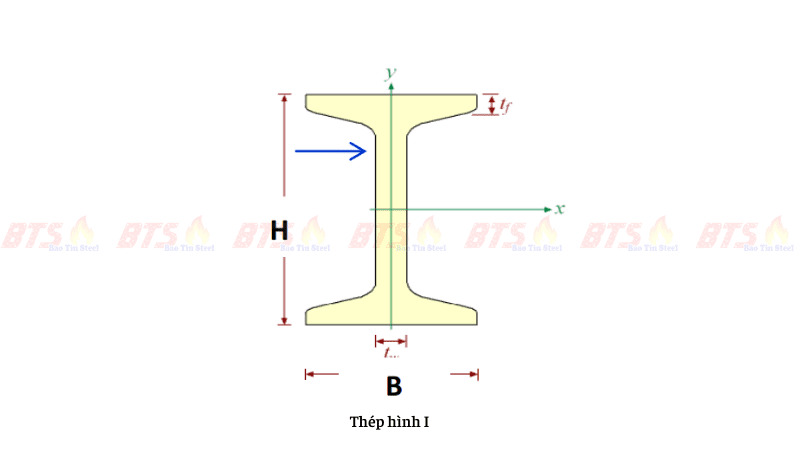
- In the first sentence, you could add a comma after “rolling” for better readability: “An I-beam is a type of steel beam made by milling or rolling, an I-beam.”
- In the second sentence, consider adding a comma after “guys” for clarity: “That means it is made from a single block of steel (iPhone style with a monolithic metal shell, guys).”
- In the third sentence, consider rephrasing for smoother flow: “The flanges of an I-beam are tapered with a 1:10 slope to enhance load-carrying capacity, and they are thinner than H-beam flanges.”
- In the fourth sentence, consider using “resistant to” instead of “resistant for” for accuracy: “The cross-section of an I-beam is usually deeper than its width, making it resistant to local buckling.”
- In the fifth sentence, consider rephrasing for clarity: “The moment of inertia of the I-beam is smaller than that of the H-beam, resulting in a less effective anti-bending effect.”
- In the sixth sentence, consider rephrasing for conciseness: “I-beams are used for spans ranging from 10 to 30.5 meters.”
- In the eighth sentence, consider rephrasing for clarity: “However, due to their small cross-section, they cannot withstand torsional loads well.”
➡️ I-beams are suitable for making frames and support columns for elevators, trailers, tram tracks, hoists, steel structures and bridges.
Above is a comparison of the differences between two types of steel, H and I. If you still have questions. Just contact Bao Tin Steel via ☎☎☎ +84932059176 – +84767555777
Some projects use H-beam beams

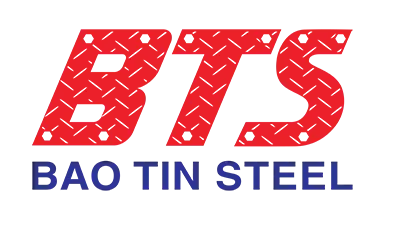


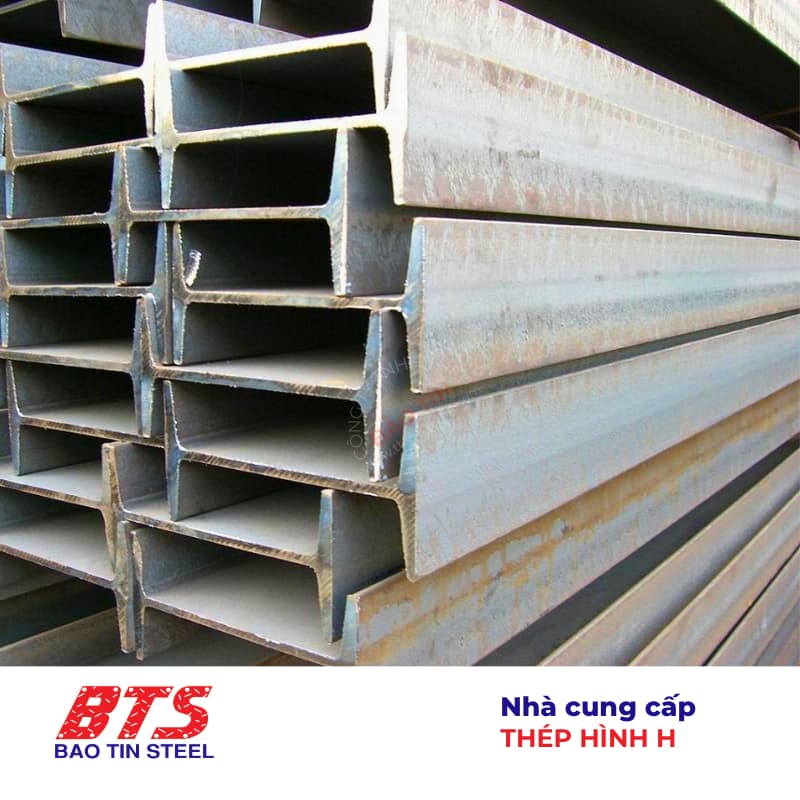

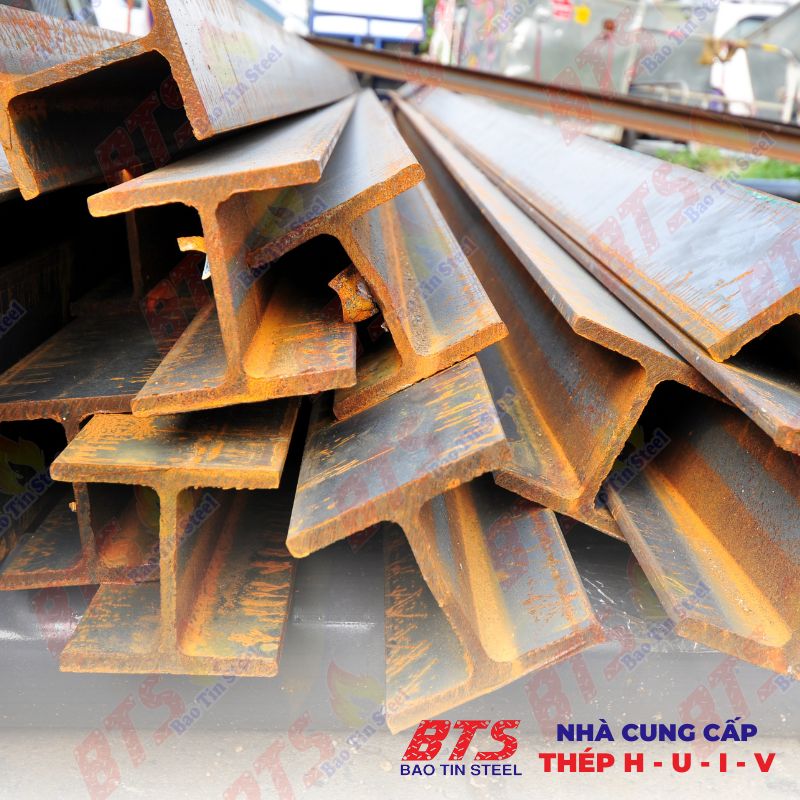




There are no reviews yet.